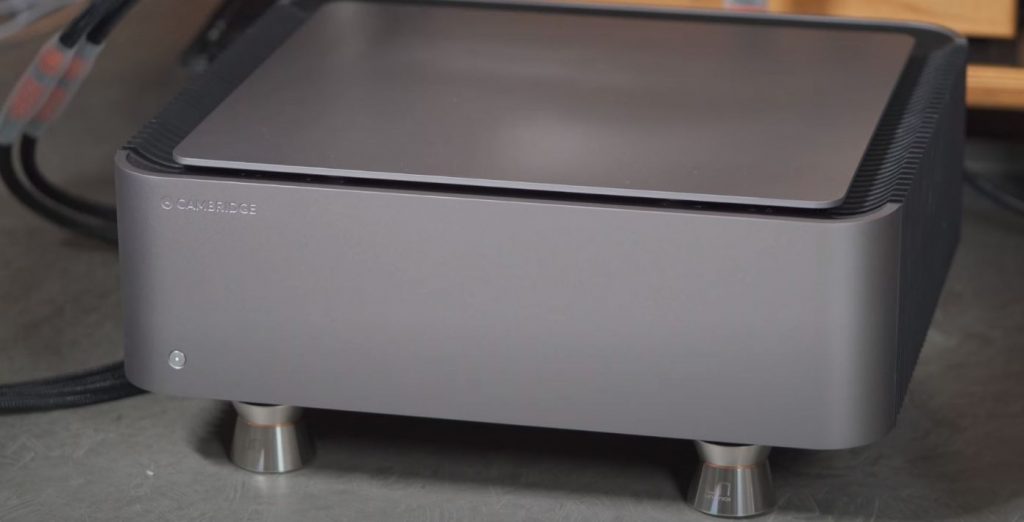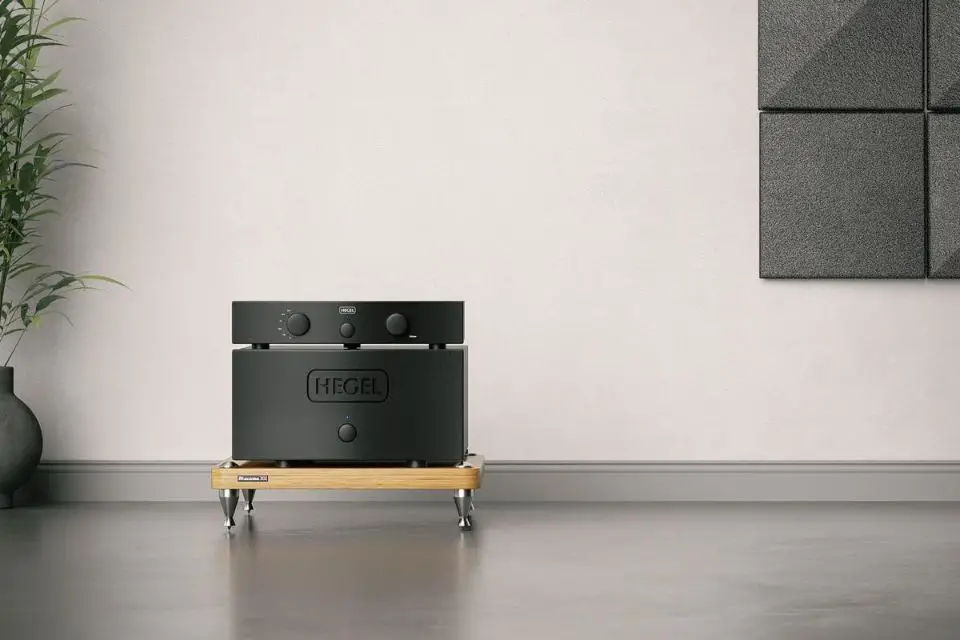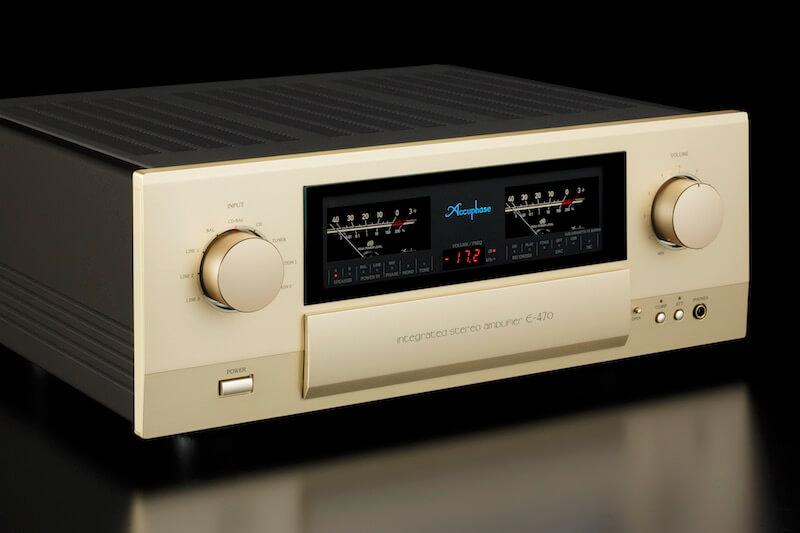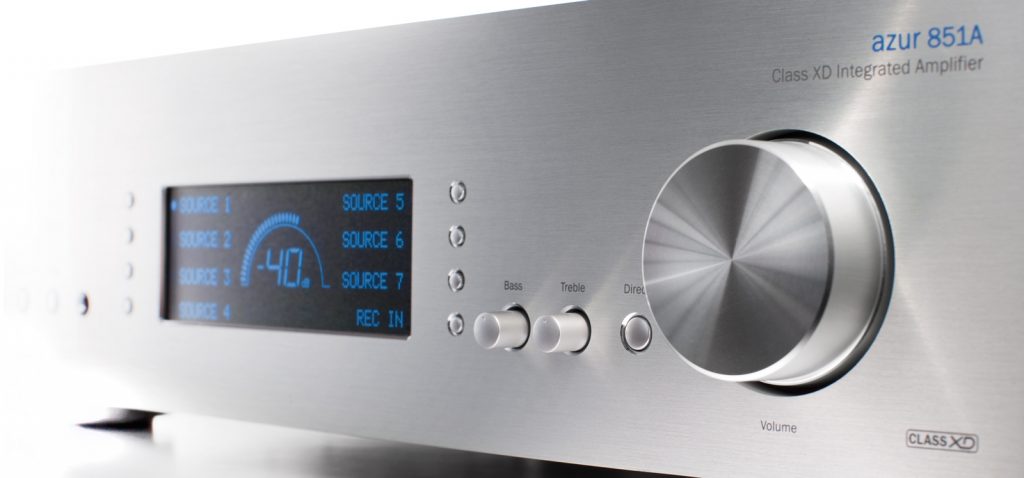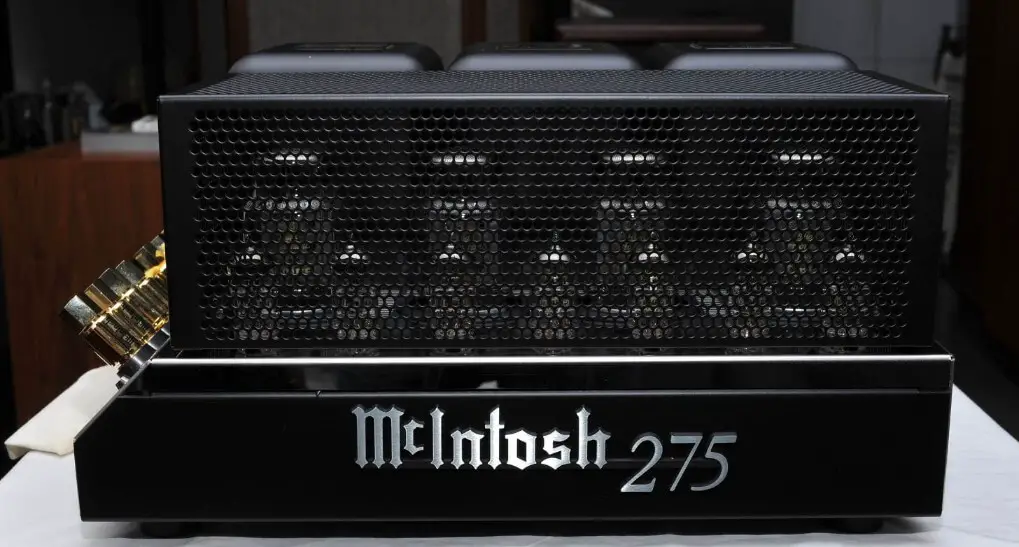Complete Guide of Power Amplifier
The power amplifier is the heart of any audio system. The amp does all the hard work to make sure you have a quality listening experience. If you’re not familiar with how power amps work, this guide will cover everything about power amplifiers. We’ll also show you some famous examples of what kind of gear might be best for your needs as an audiophile.
What is the function of a power amplifier?
A power amplifier is an electronic amplifier designed to increase the magnitude of the power of a given input signal. Thus, the power of the input signal is increased to a level high enough to drive loads of output devices like speakers, headphones, RF transmitters, etc.
Power amplifiers are used in many different areas, and therefore there can be significant differences in power amplification power output. For example:
– A power amplifier for a portable headset may only have an output power of 10mW. However, that is enough to drive the headset to loud listening levels.
– A power amplifier designed for use with loudspeakers in a sound reinforcement system may have an output power between 1 and 4 kW (depending on the power class of the loudspeakers).
Power amplifiers for back-ends in professional recording studios usually do not have power output above 1 kW.
Why have power amplifiers?
The power amplifier is the heart and soul of an audio system. A power amplifier takes a small voltage (electrical potential). Then, it feeds it into transistors or vacuum tubes which behave as switches that will turn on/off at high speeds in response to the amplified voltage coming from its power supply.
When power is supplied to the power amp’s power supply, the power comes in (input signal) through an input connector and gets amplified to a more significant voltage level. That means that small power signals coming out of the preamplifier get boosted to levels high enough for speakers or headphones to reproduce sound, making it possible for us to listen to the music with our ears.
How does a power amp work?
The power amplifier works together with the preamplifier to take small voltages from the outputs of the preamplifier and turn them into higher current signals, which will drive the speakers’ voice coils by using transistors or vacuum tubes.
For example, a Class A mono power amplifier takes one input signal from the source at its input stage, then amplifies that signal into another amplified version of the movement and sends it to a power output stage.
Why do I use power amplifiers?
It would help if you had power amplifiers when you want more power than what your line-out on your soundcard can provide. For example, if you use cheap computer speakers without amplification, you will need power amps if you want louder sound. Line-out is not capable of providing sufficient power due to low voltages produced by analogue sound cards.
Some power amps can even power headphones, so you get more power than what your headphone could provide.
Some HiFi speakers have high impedance and are usually hard to drive, and a power amplifier is a must.
What power amplifier should I choose?
When choosing a power amplifier, you must consider many different factors. Here are some questions to ask yourself:
- How much power will my power amplifier need to deliver? Will it be one watt or one kilowatt? What is the maximum power required at any given time?
- Can my power supply satisfy the power demand of my power amplifier(s)? If not, what extra equipment do I need, and where can I place it?
- Which power amplifiers meet all technical specifications and suit all other elements in the audio chain so that they form a stable system even under challenging conditions (for example, deep bass or high dynamic range)?
- Do we have power amplifiers that are designed specifically for loudspeakers or headphones?
- Do we need power amplifiers with an output power of several kilowatts, and can we place them where they will not be knocked over by accident (for example, power amplifiers used as fire alarm systems)?
- Is the amplifier’s functionality needed for both stationary and mobile applications? If so, we also need to consider weight and dimensions.
- Are we dealing with a tube power amplifier? What type of tube is used, and how can I protect it against voltage peaks and overloading (for example, by adding an input/output transformer or a special protection circuit)?
- Will I need separate racks or racks that are already included in the device? – What material should be used to house my power amplifiers, such as steel, aluminium, wood etc.?
- Do noise levels need to be kept low enough for recording studios and other locations where extremely high purity is required?
- Can my power amp run at total capacity all the time without overheating, or is it better to have a power amp that automatically reduces power when conditions so require?
- How much space do I have. For example, manufacturers of very compact equipment may offer smaller power amplifiers than those available from other manufacturers. And so on.
In short, the demand placed on a power amplifier is often greater than expected and varies significantly according to location and use. Therefore, choosing a power amplifier with a design tailored to suit these demands helps prevent unnecessary problems in the future.
What is the power rating of a power amplifier?
The first specification of a power amplifier is its maximum power. This parameter specifies the peak power that the amplifier can deliver into a specified load at a specified output level and very short time.
As such, it defines the absolute maximum capacity of this particular design. However, it tells you nothing about how much average power an amplifier can handle without overheating or other power supply problems.
Another power rating of power amplifiers is the output power, sometimes called RMS power (Root Mean Square). The output power should be regarded as the power that the amplifier can constantly deliver over a long period without overheating or power supply interruptions. Therefore, the difference between these two power ratings should also be considered when comparing two different power amplifiers.
What power ratings to use?
In practice, power amplifiers are continuously operated at power levels that are well below their maximum power. That does not mean it is terrible to run power amplifiers at their maximum capacity under any circumstances. It is simply something you should know beforehand. With low load impedances, operating power amplifiers close to their maximum power becomes more relevant.
What is the Signal-to-Noise Ratio (S/N) of a power amp?
The Signal-to-Noise Ratio (S/N) of a power amplifier is one of the critical parameters characterizing its audio performance. It describes how well the audio is reproduced in terms of distortion, reduced by low noise floor.
The S/N ratio has to do with the electric components (like transistors) and depends on where it’s used and how its inputs and outputs are loaded. In some cases, the S/N ratio of the power amplifier can be improved by simply adding a dummy resistor from the source to the output.
According to the S/N formula, the noise power is proportional to the square root of bandwidth, which means it’s more important at low frequencies where headroom is smaller. In other words, the noise level becomes significant below -3 dB. The lower cut off point depends on input sensitivity and output impedance because those two factors determine the voltage swing across the amplifier.
It’s also important to know that rated maximum power is different from what you can get at your loudspeakers. Of course, that has nothing to do with S/N, but it’s worth knowing that most power amps cannot deliver their full power into a 4-ohm load, which is the most common type of loudspeaker.
To determine what amplifier will best fit your situation, you have to decide how much output power you need. For example, if you’re playing at moderate levels in small rooms, an entry-level solid-state amp would do just fine. But if you have a bigger space or are thinking about using more powerful speakers (something with >105 dB maximum sound pressure level), you should consider high power models.
It’s also worth mentioning that to get a better S/N ratio, an amplifier must work in class A up to the point when its output hits half of the maximum voltage swing or current. After that, it should switch into AB mode, where S/N will drop for about 6 dB due to higher crossover distortion.
So if you are looking for a solid-state power amp, try avoiding models that are rated less than 85 dB S/N ratio because they cannot deliver their full potential when used with loudspeakers. When purchasing amplifiers with a higher rating (above 90 dB), ensure you don’t pay too much attention to the numbers and check the actual audio quality instead.
What is amp distortion?
The overall amount of distortion is the total harmonic distortion (THD). The THD rating in amplifiers is typically between .1% and 5%. The lower the number, the better. A THD rating under 1% is considered very good.
How much power do power amplifiers need?
It depends on how loud you want to listen. The short answer is that a lot more power is required in practical use than what the amplifier would have needed when tested alone in an anechoic chamber. Real-world power amplifiers are always driven at levels below their maximum, so the actual input power required will always fall somewhere between this theoretical minimum value and the advertised maximum power rating.
There are two reasons for this: power amplifiers should continuously be operated using power supply voltages that are well below their maximum rating, and loudspeakers or headphones always present a load impedance lower than the theoretical minimum (typically 4Ω).
What power sources can power amplifiers use?
The power supply voltage of power amplifiers is typically universal. It can be 115, 230 or any other voltage you need. However, the current drawn from these power supplies will vary considerably depending on how much power has to be delivered to your loudspeakers.
Therefore, if you want to avoid problems with power supply units like loud buzzing noises due to insufficient capacity, you should carefully determine how much power your equipment uses. If that power consumption is too high for your power supply unit, you need to replace it.
How are the power amplifiers classified?
There are many classes for power amplifiers such as A, B, AB, D, etc. All power amps are measured by the power supply voltage they can handle. For more detail: Complete Guide on Amplifier Classes
Conclusion
We hope you found this guide helpful in understanding the basics of power amps.

